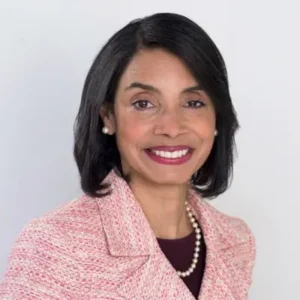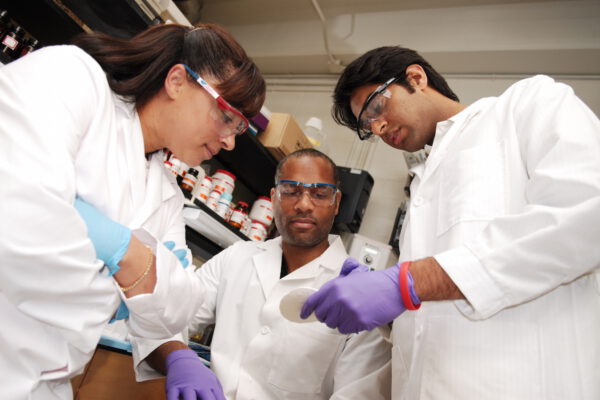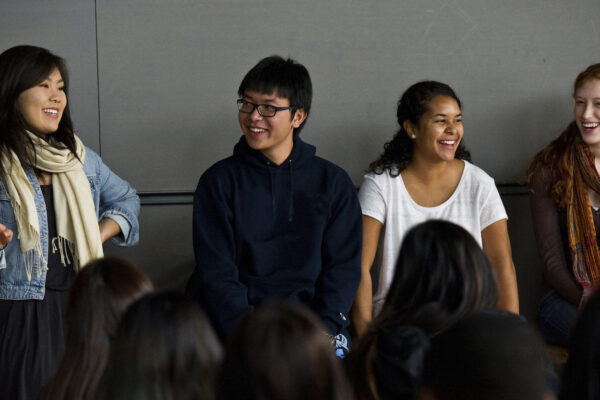The American higher education system, despite its challenges, remains the envy of the world. But to meet the needs of future students and maintain its vaunted status, U.S. colleges and universities must address a few important dynamics. Key among them: the evolution of the faculty workforce model and the stagnation in faculty diversity. Incidentally, these issues are linked.
The good news is that—surprisingly—professors, administrators and policymakers largely agree on the path forward.
I lead the TIAA Institute, where we work every day to address the challenges facing higher education. One of our recent studies, Rethinking Faculty Models/Roles: An Emerging Consensus about Future Directions for the Professoriate, finds widespread agreement on how best to engage the faculty of the future. Among the suggestions faculty and administrators generally support:
- Unbundle traditional academic roles, so faculty can pursue appointments that concentrate on research, teaching or service, instead of having to focus on all three areas at once.
- Allow faculty roles to shift based on needs and interests over the length of the contract term, so faculty could, for instance, move from teaching to course design to assessing learning outcomes.
- Promote consortium agreements that allow neighboring institutions to create shared, full-time faculty positions for people who otherwise might be hired part time by multiple institutions.
- Institute flexible workplace policies that permit faculty to attend to personal responsibilities and life circumstances without hurting their career progression.
Changes like these would allow faculty to engage in a broader range of scholarly activities during their careers, while also making the academy more attractive to a diverse workforce. The latter point speaks to another recent study from the TIAA Institute, Taking the Measure of Faculty Diversity, which highlights the still-not-fully-realized effort to diversify U.S. faculty.
To be sure, progress has been made over the past 20 years. Underrepresented minorities made up 12.7 percent of faculty in 2013, up from 8.6 percent in 1993. But they hold only 10 percent of the tenured faculty positions generally considered the most desirable academic career path.
A more innovative faculty model is also the goal of two separate initiatives ACE joined earlier this year. ACE and USA Funds launched a groundbreaking collaboration in October to examine higher education instruction and assess the connections between quality teaching and student success. ACE also is collaborating with the Association of College and University Educators on an initiative to spur student success through effective college instruction.
American colleges and universities are global bastions of knowledge and innovation, and faculty are central to that reputation. Accordingly, it’s critical to understand what’s driving emerging new faculty workforce models, assess the short- and long-term implications, and support changes that advance the mission of our nation’s higher education system.
If you have any questions or comments about this blog post, please contact us.



